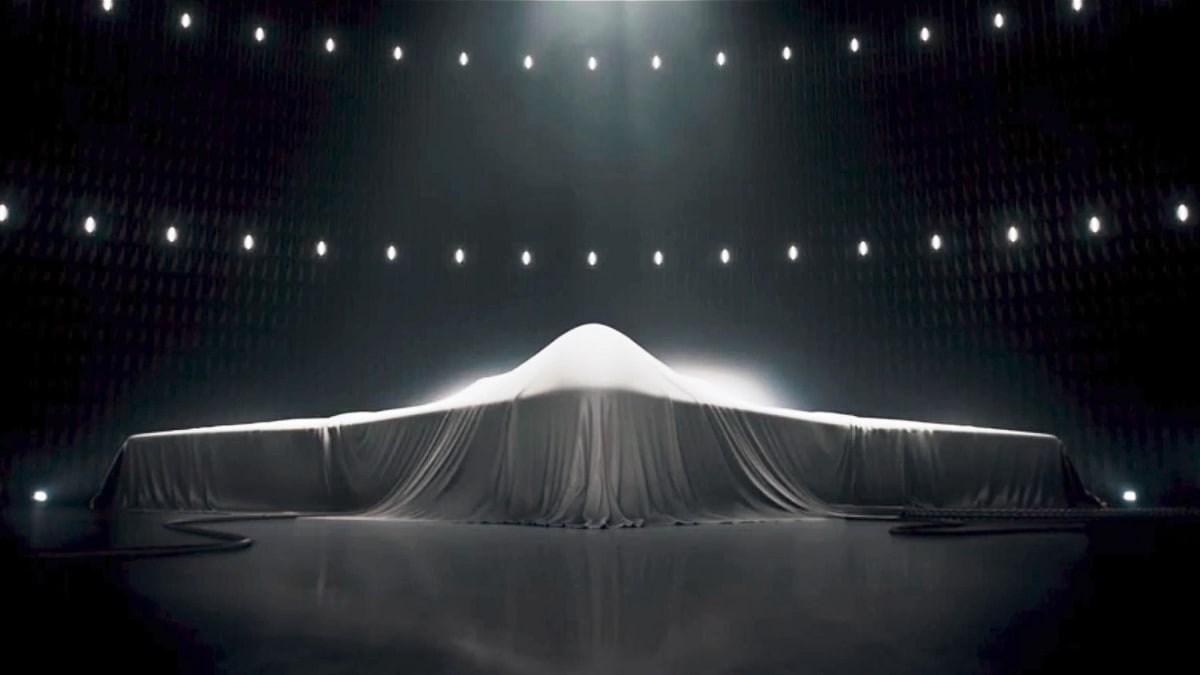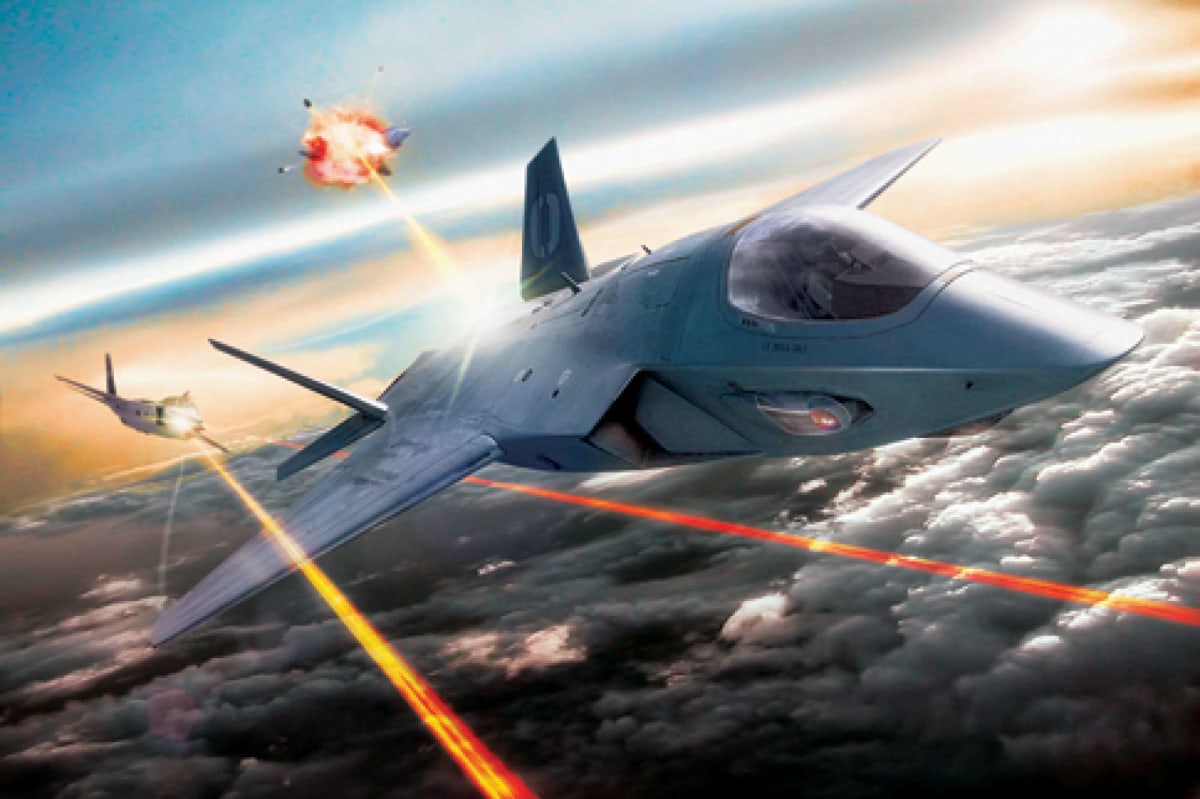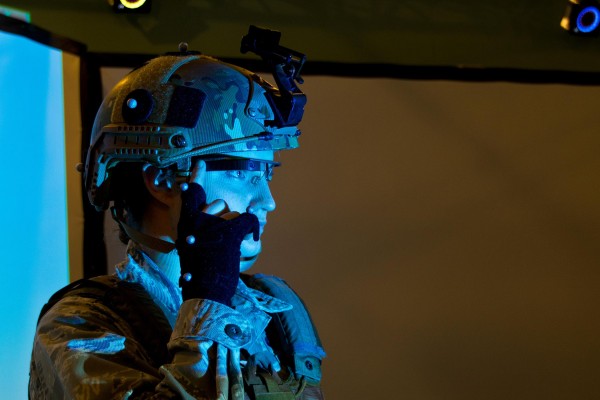The United States Air Force is working with Batman to create new tech for combat and search and rescue. It isn’t the real Dark knight, but it’s still cool.
The US Military has been finding ways to incorporate more and more mobile tech in efforts to both update and move away from clunky laptops. The pentagon recently purchased 7,000 Galaxy Note II devices from Samsung for use in their Nett Warrior System, which serves as a sort of tactical map and communications device.
The Air Force is now working on a similar initiative called “Batman.” Unfortunately the name is entirely unrelated to Caped Crusader vigilante billionaire ninjas, but it does involve the next coolest thing–Google Glass.
Batman, or, the “Battlefield Air Targeting Man-Aided (K)knowledge” (yeah, it’s a stretch) is intended to utilize both the camera and screen on Google Glass to provide additional visual perspective from ground troops to pilots for targeting purposes. It can also be used in reverse to provide live areal views from pilots to the troops on the ground during recon or search and rescue missions.
This is exactly the type of innovation Glass is designed for. Not necessarily military specific innovation, but Google Glass is just a platform. A sort of blank slate, and Google is relying on developers to create applications to take advantage of the tools Glass provides. The devices being used by the Air Force are in fact Google Glass Explorer edition devices, which were purchased by Air Force developers, just the same as the way explorers in the general public purchase Glass.
Many people have the perspective–likely because of some of the high tech spy gadgets in movies and TV–that the Government has access to far superior technology than the private sector, but the fact that the Air Force is developing for Google Glass instead of a proprietary system suggests otherwise. Of course, the military and organizations like the FBI, CIA, and NSA definitely have more resources to obtain high tech gadgets, much of the technology used is likely closely in line with what most people have access to.
The military does have a history of driving many technical innovations, though, so hopefully developments such as Batman will also drive the civilian applications of tools such as Google Glass forward as well.
Source: Pocket-Lint
Be social! Follow Walyou on Facebook and Twitter
Read more on Walyou, New Anti-Theft System Monitors Your Touchscreen Behavior, Google Glass Could Make Life Easier for People with Parkinson’s

 Firefighters, police and soldiers don't have many good options when they want to breach a door: blowtorches and lock picks are usually slow, while battering rams, explosives and guns aren't exactly subtle. The US Air Force and EMPI recently crafted...
Firefighters, police and soldiers don't have many good options when they want to breach a door: blowtorches and lock picks are usually slow, while battering rams, explosives and guns aren't exactly subtle. The US Air Force and EMPI recently crafted...
 Firefighters, police and soldiers don't have many good options when they want to breach a door: blowtorches and lock picks are usually slow, while battering rams, explosives and guns aren't exactly subtle. The US Air Force and EMPI recently crafted...
Firefighters, police and soldiers don't have many good options when they want to breach a door: blowtorches and lock picks are usually slow, while battering rams, explosives and guns aren't exactly subtle. The US Air Force and EMPI recently crafted...
 Defense Secretary Ash Carter and Air Force Secretary Deborah Lee James announced on Tuesday that the DoD has awarded Northrop Grumman the lead contract for the US military's upcoming Long-Range Strike Bomber (LRSB). The contract is valued $60 billi...
Defense Secretary Ash Carter and Air Force Secretary Deborah Lee James announced on Tuesday that the DoD has awarded Northrop Grumman the lead contract for the US military's upcoming Long-Range Strike Bomber (LRSB). The contract is valued $60 billi...
 The Army has its HEL-MD (not to mention is working on GI Joe-style rifles and minesweepers); the Navy put a battleship-mounted railgun aboard the USS Ponce; and within the next five years, the Air Force expects to have laser weapons of its very own...
The Army has its HEL-MD (not to mention is working on GI Joe-style rifles and minesweepers); the Navy put a battleship-mounted railgun aboard the USS Ponce; and within the next five years, the Air Force expects to have laser weapons of its very own...







